1. Controller
Automated factory brain
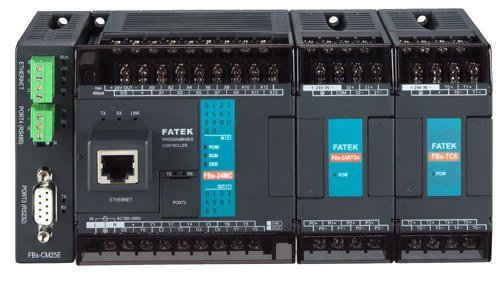
The controller refers to a master device that changes the wiring of the main circuit or the control circuit in a predetermined order and changes the resistance value in the circuit to control the starting, speeding, braking, and reversing of the motor.
It consists of program counter, instruction register, instruction decoder, timing generator, and operation controller.
It is the “decision-making body” that issues commands, that is, the operation of coordinating and directing the entire computer system.
Commonly used controllers in automation plants include PLC, industrial computer, and so on.
Programmable Logic Controller (PLC), which uses a type of programmable memory for storing programs internally, performing user-oriented instructions such as logic operations, sequence control, timing, counting, and arithmetic operations, and controls various types of machinery or production processes by digital or analog input/output .
2. Robot
Automated factory executor
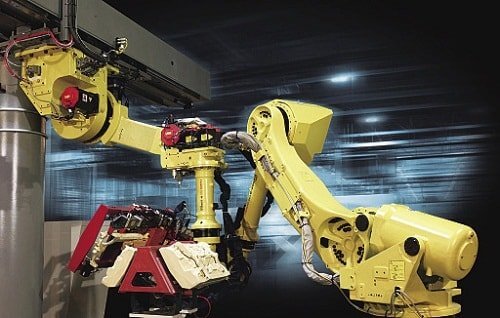
A robot is a machine that automatically performs work.
It can accept human command, run pre-programmed procedures, or act on principles that are based on artificial intelligence techniques.
Its mission is to assist or replace the work of human work, such as production, construction, or dangerous work.
Robots generally consist of actuators, drives, detection devices, control systems and complex machinery.
3. Servo motor
Muscles that power the automated plant
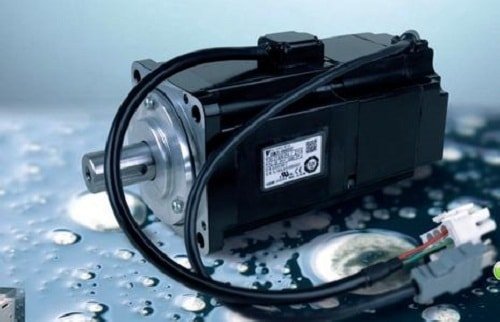
The servo motor is an engine that controls the operation of the mechanical components in the servo system, and is an auxiliary motor indirect transmission.
The servo motor can control the speed and position accuracy very accurately, and can convert the voltage signal into torque and speed to drive the control object.
The servo motor rotor speed is controlled by the input signal and reacts quickly.
In the automatic control system, it is used as an actuator and has characteristics such as small electromechanical time constant, high linearity, and starting voltage.
The received electrical signal can be converted to an angular displacement or angular velocity output on the motor shaft.
Servo motors are divided into two major categories: DC servo motors and AC servo motors.
Its main feature is that when the signal voltage is zero, there is no rotation phenomenon, and the rotation speed decreases uniformly with the increase of the torque.
4. Sensor
Automated factory touch
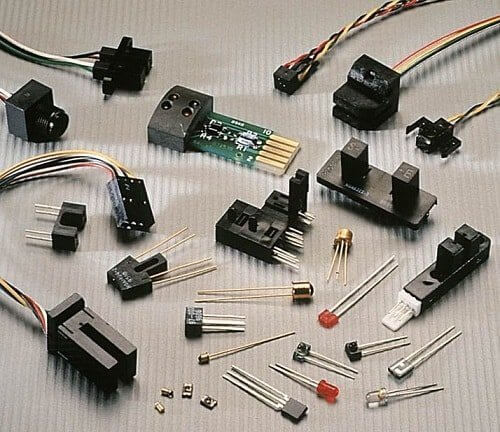
The sensor is a detecting device that can sense the measured information and can transform the sensed information into an electrical signal or other required form of information output to meet the requirements such as information transmission, processing, storage, display, recording and control.
It is the first step in achieving automatic detection and automatic control.
In modern industrial production, especially in automated production processes, various sensors are used to monitor and control the various parameters of the production process, to operate the equipment in a normal or optimal state, and to achieve the best quality of the product.
Therefore, it can be said that without many excellent sensors, modern production will lose its foundation.
5. Inverter
Automated factory exchanger
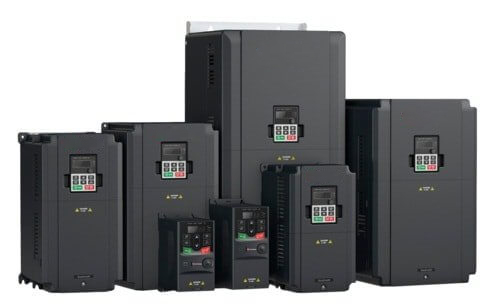
The frequency converter is a power control device that controls the AC motor by changing the working frequency of the motor by applying frequency conversion technology and microelectronic technology.
The frequency converter is mainly composed of rectification (AC to DC), filtering, inverter (DC to AC), braking unit, drive unit, and micro processing unit of detection unit.
The inverter adjusts the voltage and frequency of the output power supply by the breaking of the internal IGBT, and supplies the required power supply voltage according to the actual needs of the motor, thereby achieving the purpose of energy saving and speed regulation.
In addition, the inverter has many protection functions, such as overcurrent, overvoltage, overload protection etc.
Copyright © Jiangsu Hoston Machine Tools Co., Ltd. All Rights Reserved | Sitemap Technical Support: 